The world of birds offers a remarkable diversity, and among its most captivating members is the Redwing. This vibrant and adaptable species, known for the striking epaulets of its males, is a common sight across a broad range of habitats. More than just a pretty face, the Redwing plays a significant role in the ecosystems it inhabits and has a rich history of interaction with humans. This article delves into the fascinating life of the Redwing, exploring its appearance, habitat, diet, behavior, and ecological significance.
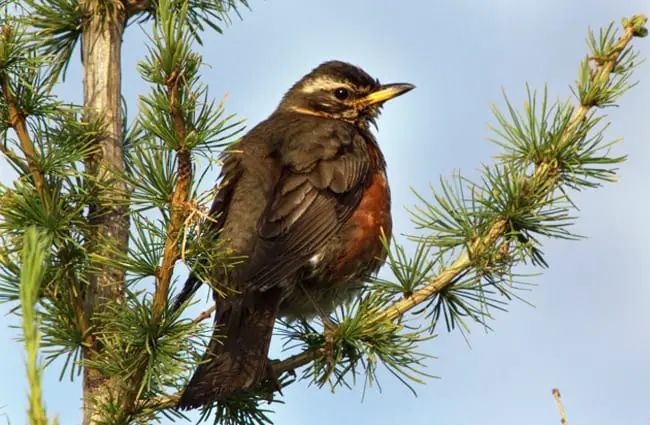
Understanding the Redwing
The Redwing, scientifically known as Turdus iliacus, is a medium‑sized thrush. It is readily identifiable by the bold red patches – the epaulets – on the wings of the male. These vibrant markings, present in varying shades, provide a visual signal during mating displays. Females and juveniles lack these bright red markings, displaying a more subdued, streaked brown plumage. This subtle camouflage aids in protecting them while nesting and raising young. Adults typically measure between 23 and 25 centimeters in length, with a wingspan reaching up to 36 centimeters.
Habitat and Distribution
Redwings exhibit a wide geographic distribution, breeding across Europe and western Asia. During the breeding season, they favor woodlands, hedgerows, and scrubland, particularly those with abundant berry‑producing plants. These areas provide both food and cover for nesting. Redwings are highly migratory birds. As temperatures drop and food becomes scarce, they move south and west, spending the winter months in southern Europe, North Africa, and parts of the Middle East.

The winter distribution of Redwings can vary considerably from year to year, influenced by factors such as food availability and weather patterns. Observing these shifts in migratory behavior provides valuable insights into the impacts of climate change on bird populations.
Dietary Habits
The Redwing’s diet is remarkably varied, changing with the seasons and available resources. During the breeding season, they primarily feed on insects, worms, and other invertebrates, providing essential protein for developing chicks. As autumn arrives and berries ripen, their diet shifts dramatically. They become avid consumers of berries, particularly those of hawthorn, rowan, and elder. This fondness for berries not only sustains them through the winter but also plays a crucial role in seed dispersal, benefiting the plants themselves. They also consume fruit and occasionally small snails.

Behavior and Reproduction
Mating and Nesting
Redwings are generally monogamous, forming pair bonds that often last for several breeding seasons. Male Redwings attract mates through elaborate song displays and visual presentations, showcasing their red epaulets. Once a pair bond is established, they work together to build a cup‑shaped nest, typically located in a bush, tree, or dense vegetation. The nest is constructed from twigs, grass, and mud, and lined with soft materials such as moss and feathers.
Females typically lay five to seven eggs, incubating them for around 12 to 14 days. Both parents participate in feeding the chicks, which fledge from the nest after about 10 to 14 days. Juvenile Redwings remain dependent on their parents for several weeks, learning essential foraging skills before becoming fully independent.
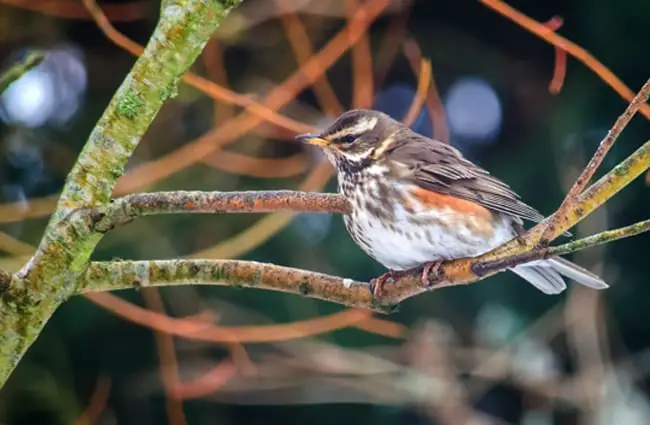
Vocalizations and Communication
The Redwing’s song is a complex and melodious series of whistles, trills, and phrases. It serves multiple purposes, including attracting mates, defending territory, and maintaining contact with other birds. Each male Redwing has a unique song, allowing females to distinguish between potential mates. They also employ a variety of calls, such as alarm calls to warn of predators and contact calls to coordinate movements.
Ecological Role and Interactions
Contribution to Ecosystems
Redwings play a vital role in maintaining the health and diversity of ecosystems. As insectivores, they help control populations of potentially harmful insects. Their consumption of berries and subsequent dispersal of seeds contribute to plant reproduction and forest regeneration. They also serve as an important food source for predators such as hawks, foxes, and domestic cats.
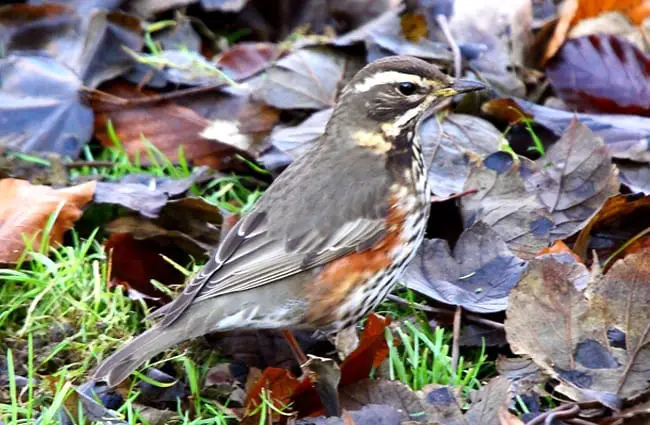
Interactions with Other Animals
Redwings often forage alongside other thrushes and finches, forming mixed flocks that exploit different feeding niches. They also compete with other birds for food and nesting sites. In some areas, they are parasitized by cuckoos, which lay their eggs in Redwing nests and rely on the Redwings to raise their young. Redwings are also preyed upon by various raptors and mammals.
Redwing and Human Interactions
Historical and Cultural Significance
Redwings have long been featured in folklore and literature, often symbolizing the arrival of winter. In some cultures, they are considered harbingers of good luck or omens of change. Their presence in art and poetry reflects their enduring appeal and cultural significance.
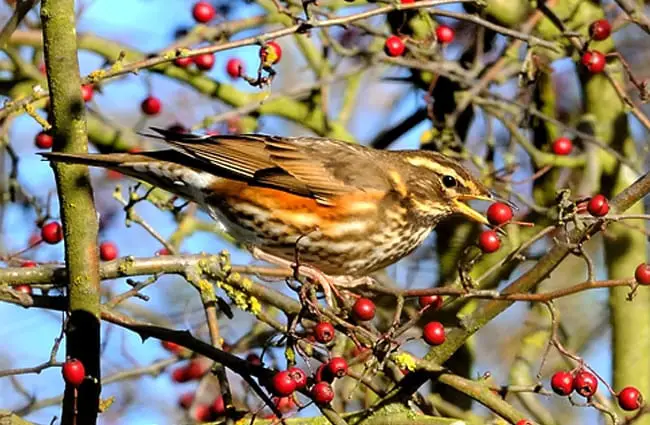
Conservation Status and Threats
While Redwing populations are currently stable overall, they face several threats, including habitat loss, climate change, and pesticide use. Deforestation and agricultural intensification reduce available nesting and foraging sites, while climate change alters migration patterns and food availability. Pesticides can directly poison birds or reduce the abundance of their insect prey. Conservation efforts aimed at protecting and restoring habitats, promoting sustainable agriculture, and reducing pesticide use are essential for ensuring the long‑term survival of the Redwing.
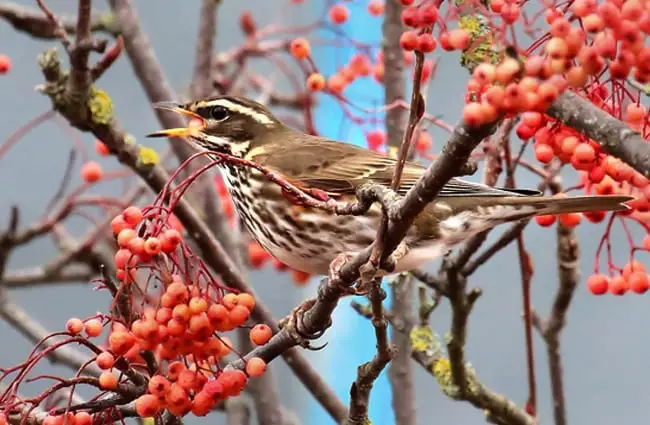
The Redwing, with its striking plumage and captivating behavior, is a true marvel of the natural world. By understanding its ecology, behavior, and conservation challenges, we can appreciate its vital role in ecosystems and work towards ensuring its survival for generations to come.

![Red Angus Closeup of a beautiful Red Angus cowPhoto by: U.S. Department of Agriculture [pubic domain]https://creativecommons.org/licenses/by/2.0/](https://animals.net/wp-content/uploads/2020/03/Red-Angus-4-238x178.jpg)




![Red Angus Closeup of a beautiful Red Angus cowPhoto by: U.S. Department of Agriculture [pubic domain]https://creativecommons.org/licenses/by/2.0/](https://animals.net/wp-content/uploads/2020/03/Red-Angus-4-100x75.jpg)

